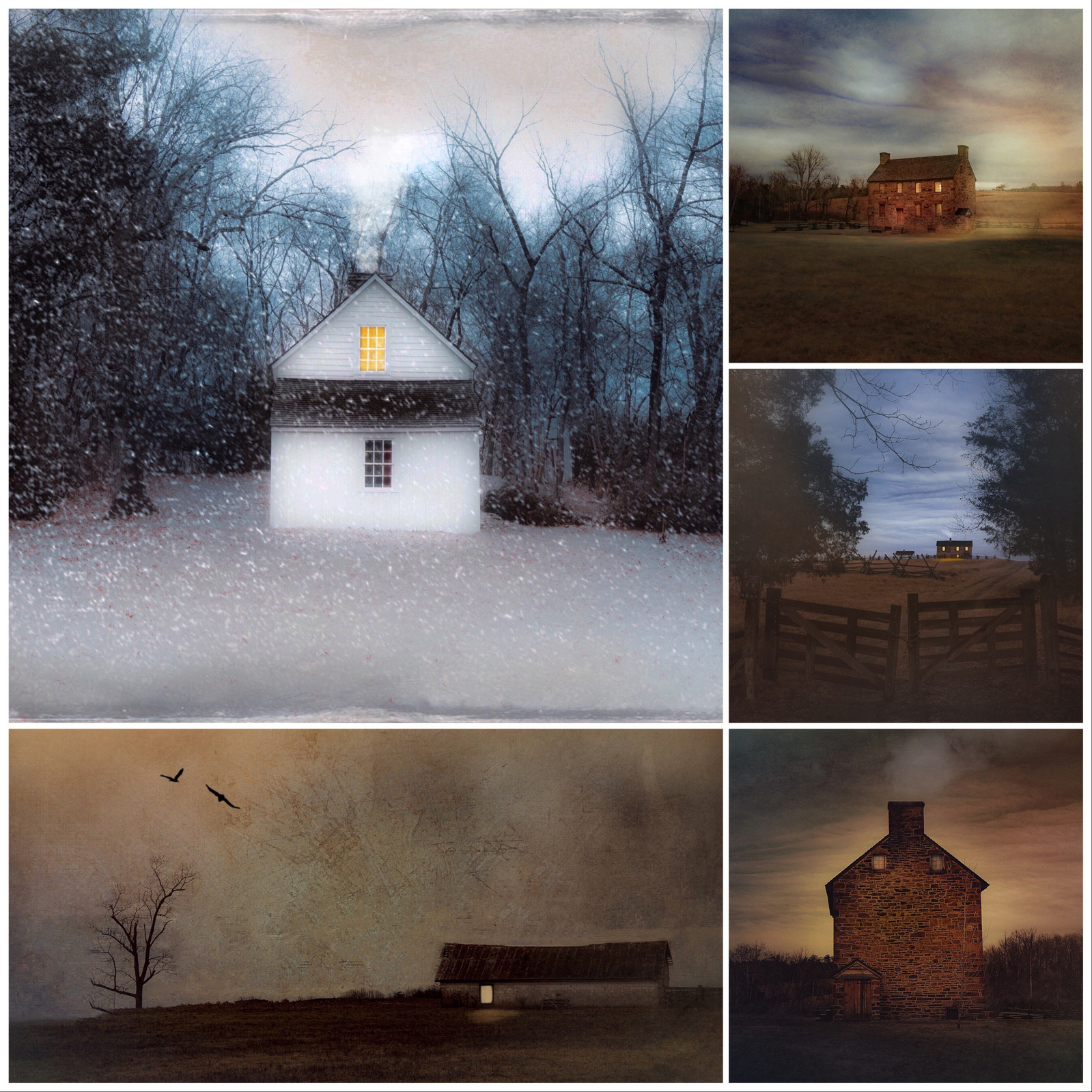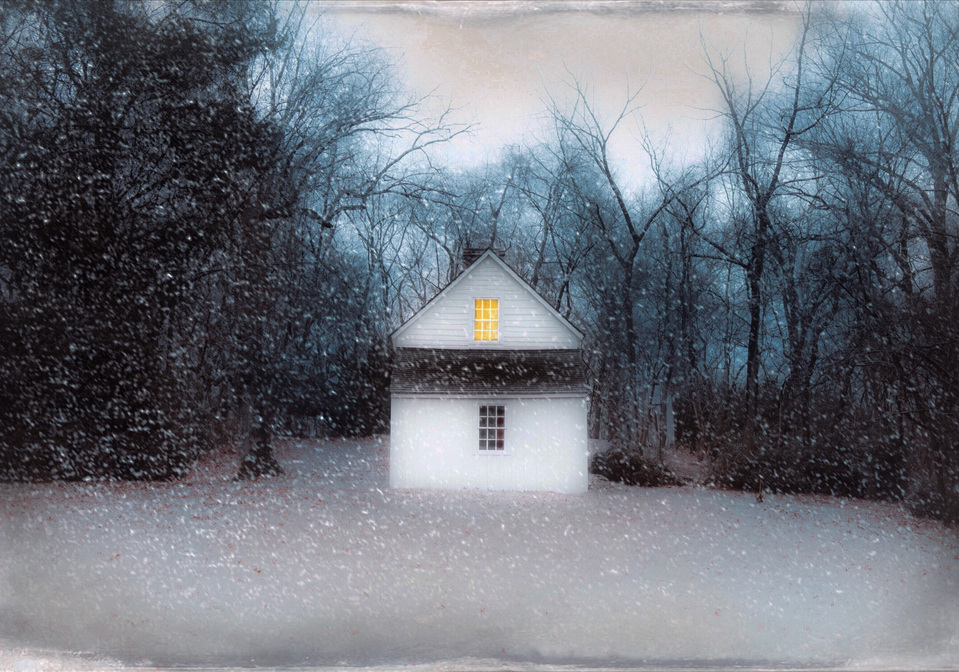Tell A Story With Composite Photography
February 24, 2021Do you admire composite images you see online? Do they appear daunting or way too complicated to create? Let’s explore the styles of composite photography and then some tips to help you get started.
Composite photography is blending two or more images using an editing program like Photoshop. The composite image typically tells a story; the story can be fictional, beautiful, strange, magical, or dreamlike. Artists, since the beginning of time, have told stories with their art. The early Roman artist painted enormous frescos to share stories as there were not books that the everyday person could read. Artists share their dreams, ideas, visions with us through their hands and craft. As photographers, we can also take a concept or idea and create a story with our images. One picture can tell a story, but by blending many photos, one can weave an even stronger visual story.
As I have studied composite photography, I have found a couple of methods used to create them. The first style is “Planned Composites.” This style typically has a pre-planned vision for the story you want to make. Like building a TV commercial or commercial marketing, making these composite images requires pre-planning and execution to achieve the final result. Many artists spend months working through the creation of just one shot. The artists plan the location, the models ( if needed), the costumes or dress, and the photoshoot materials. These can be elaborately staged images. There are usually several images taken of all the individual pieces that are placed together in post-processing. These types of composites are generally clear, crisp, and perfectly edited images. If a commercial look is what you want to achieve, you will want to master making selections in Photoshop and to put the photos together with the correct color tones to ensure consistency. There is a fantastic DC photographer, Andy Bloxham, who shares his process online. Another artist for this type of composite inspiration is Adrian Sommeling.
If a large-scale production is not in your plan or budget, there is an alternative. Many artists sketch and design a composite and then pull images they have already taken and create the final image. There is still a theme or story to work from, and the final image is planned out based on a vision or sketch. The artist’s and Photoshop master Julianne Kost creates this type of composite work. In her Dream Series, she has created composites based on her dreams. She pulls from her collection of images to make her final masterpiece come to life. Her addition of texture brings cohesiveness and is less commercial and more artistic.
Over the years, I have tried planned composites. The image below was inspired based on a piece of artwork that I studied, The Birth of Venus. I sketched out my ideas on paper, made notes of the colors I needed in the image, and then went to look for my pictures that could fit the vision I had planned. I took a seascape scene from a trip to Maine and then added textures, clouds, and flowers to create my interpretation after the art study.
If you are new to composites, I would suggest starting with this last style of composites - the “Unplanned Composites.” This style is a simpler style to execute, which requires less pre-planning, no photo-shoot, and is a good place to start. The composite is still about creating or telling a story, but it unfolds as you build the composite. Starting with an inspiration image as the base layer, you then begin to create a story. The story may be realistic or dreamlike. I like to start with a landscape image and the layer by adding other components. Textures, additional subjects, weather, light are all ways to create a final image that tells a story. I love Cath Waters’ work; her composites have over twenty layers on each image to give a final artistic painting look and feel. With these composites, you are not as particular about selections, masking, and color tones. These images often use a lot of textures to help bring cohesiveness and a finished look. Below are two of my Cath-inspired images. I took a plain landscape image and added clouds, textures in various places on the image, and a boat. Over 20 layers to create the final piece.
To get started, I suggest researching some of the different styles of composite photography. I have this board available for inspiration. Think about these ideas for inspiration: books you love, movies, songs, or artwork you could use to inspire an image. Begin by scrolling through your images and start a collection of possible images to use in composites. After that, pick one image to get started with as your base layer. Just have fun exploring and playing with the image. Try different techniques to see how they impact the image. Remember, you can get started by just blending two images. Adjusting color tones and adding texture can help get a final cohesive look.
I create composites by making images of historical places or deserted buildings come to life. By adding light, skies, weather, and final texture, I can create a story and view the space differently from the original shot. These are my favorite to create- I enjoy imagining these historical places full of light and life.










